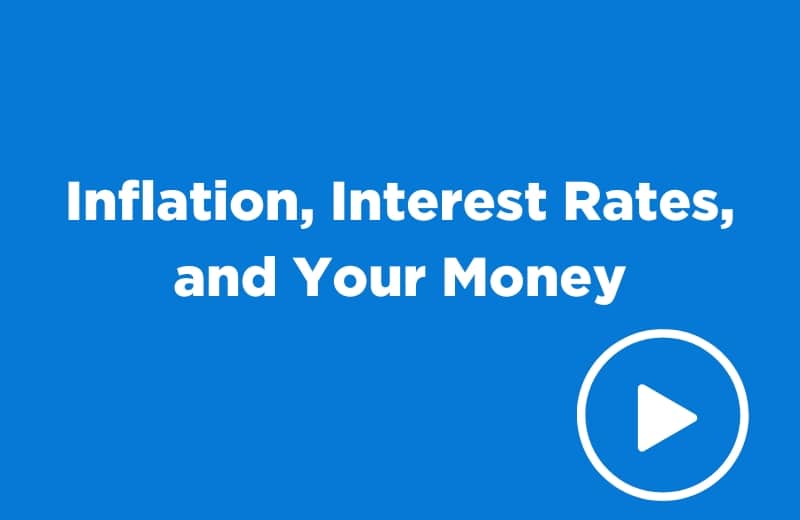Inflation is on a tear, notching the fastest 12-month increase in almost 40 years.
From November 2020 to November 2021, inflation — as measured by the Consumer Price Index for All Urban Consumers, or CPI-U — increased a total of 6.8%, with the highest monthly increases coming in April, June, October, and November. (Chart: U.S. Monthly Inflation November 2020-2021: November 2020 – 0.2%, December 2020 – 0.2%, January 2021 – 0.3%, February 2021 – 0.4%, March 2021 – 0.6%, April 2021 – 0.8%, May 2021 – 0.6%, June 2021 – 0.9%, July 2021 – 0.5%, August 2021 – 0.3%, September 2021 – 0.4%, October 2021 – 0.9%, November 2021 – 0.8%)
The CPI-U represents spending by about 87% of the total U.S. population and tracks price changes for a broad range of everyday goods and services.
The Federal Reserve uses a different measure of inflation when setting monetary policy, called the personal consumption expenditures price index, or PCE.
PCE rose 5.7% for the year ended November 2021, lower than the increase in CPI-U but still the highest rate in almost 40 years.
The Fed’s current policy is to allow PCE inflation to rise moderately above 2% for periods of time in order to offset the periods when it is below 2%, with the aim of having inflation average 2% over the long term.
In recent testimony to Congress, Fed Chair Jerome Powell admitted that inflation is no longer “transitory” but said the Fed still expects it to decline significantly in 2022 as “supply and demand imbalances abate.”
Even so, the Fed has begun to significantly reduce its monthly bond purchases in order to tighten the money supply, with the program on track to end in March.
The end of the bond-buying program will position the Fed to more quickly raise its policy interest rate, which influences many other interest rates in the U.S. economy.
Policymakers are projecting 3 quarter-percent interest rate hikes in 2022.


